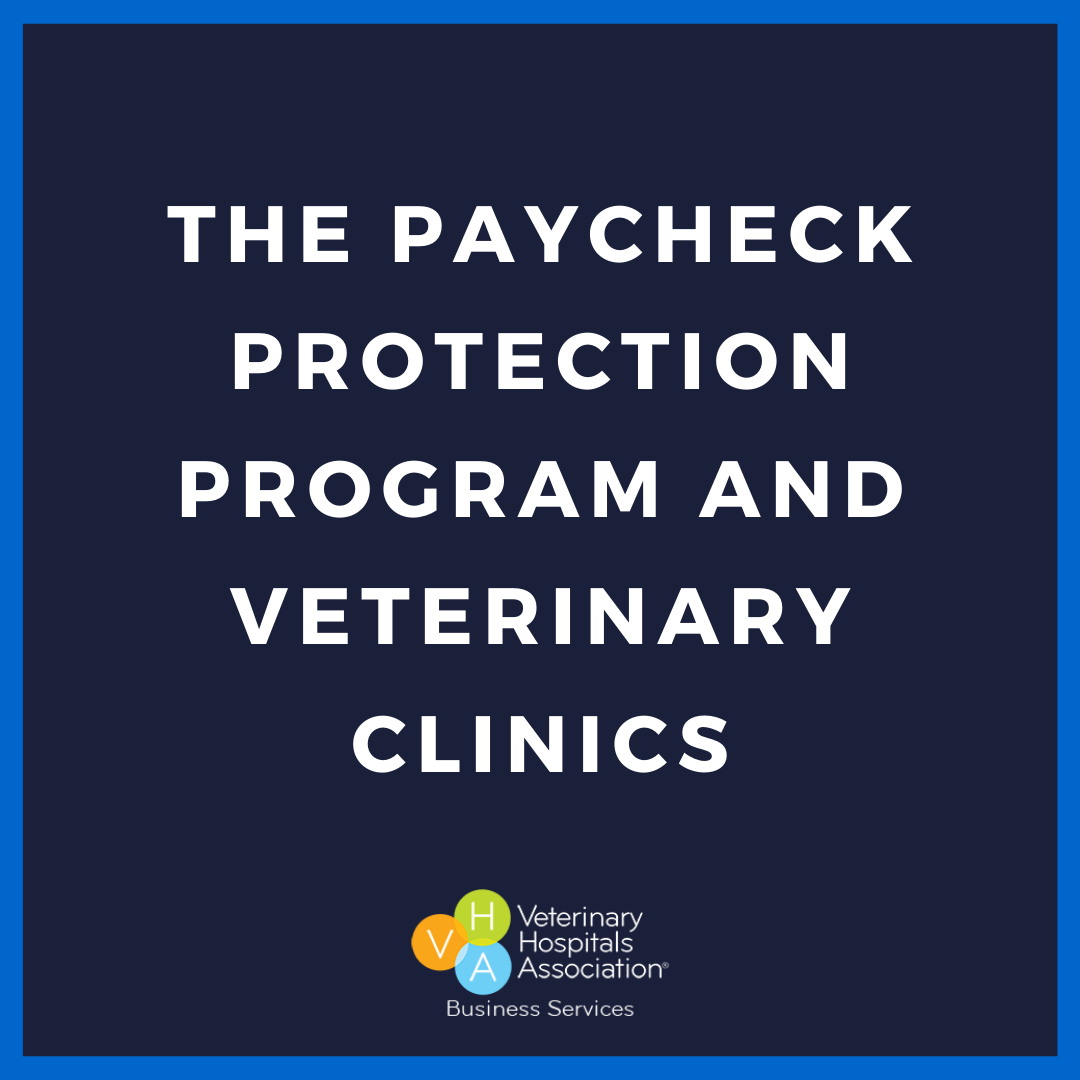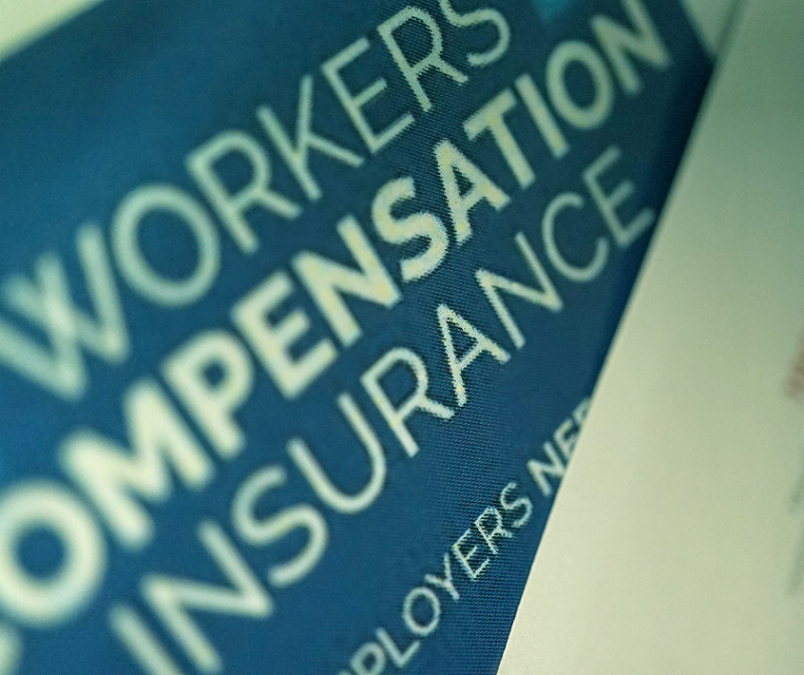 About the Program
About the Program
According to the Small Business Association (SBA), the PPP is “a loan designed to provide a direct incentive for small businesses to keep their workers on the payroll.” The reason this program is going to be popular is that the SBA will forgive the loan if:
- All employees are kept on the payroll for eight weeks;
- And money is used for payroll, rent, mortgage interest, or utilities.
If you are not eligible for loan forgiveness, the loan has a maturity of two years and an interest rate of 1%.
Payroll costs can include:
- Salary, wages, commissions, or similar compensation to employees whose principal place of residence is the United States;
- Cash tips or the equivalent (Based on employer records of past tips or good-faith employer estimates);
- Payment for vacation, parental, family, medical, or sick leave;
- Allowances for separation or dismissal;
- Payment for employee benefits including group health care coverage, insurance premiums, and retirement;
- Payment of state and local taxes assessed on the compensation of employees; or
- For an independent contractor or sole proprietor, wage, commissions, income, or net earnings from self-employment or similar compensation.
Exclusions to payroll costs include:
- Compensation for employees who reside outside of the United States;
- Compensation of an individual employee in excess of an annual salary of $100,000, prorated as necessary;
- Federal employment taxes withheld between February 15 – June 30, 2020, including FICA and Railroad Retirement Act Taxes, and income taxes required to be withheld from employees; and
- Qualified sick and family leave wages for which a credit is allowed under sections 7001 and 7003 of the Families First Coronavirus Response Act.
Independent contractors do not count as employees for the purpose of PPP loan calculations because they can file for the program themselves.
This program will be available until June 30, 2020, and businesses can apply through any existing SBA 7(a) lender or through any federally insured depository institution, federally insured credit union, and Farm Credit System institution that is participating.
This program is not just for anyone – it’s specifically for any small business with less than 500 employees that have been affected by COVID-19. It is also on a first-come, first-served basis. Eligible organizations include:
- Sole proprietorships
- Independent contractors
- Self-employed persons
- Private non-profit organizations
- 501(c)(19) veterans’ organizations
- Businesses in certain industries that have more than 500 employees if they meet certain SBA standards for those specific industries
- Hospitality and food industry small businesses with more than one location and individual locations employ less than 500 workers
Requirements
As stated earlier, this loan may be forgiven if the business keeps all employees on the payroll for eight weeks and the money given is used for payroll, rent, mortgage interest, or utilities. As of April 6, the SBA states that at least 75% of the forgiven amount must have been used for payroll. In addition, “Forgiveness is based on the employer maintaining or quickly rehiring employees and maintaining salary levels. Forgiveness will be reduced if full-time headcount declines, or if salaries and wages decrease.”
Additional eligibility requirements that you must have been in operation on February 15, 2020 and either had employees for whom you paid salaries and payroll taxes or paid independent contractors as reported on a Form 1099-MISC. You must submit the proper documentation needed to establish eligibility, such as payroll processor records, payroll tax filings, or Form 1099-MISC, or income and expenses from a sole proprietorship.
If you do not have that information, you must be able to provide supporting documentation such as bank records that are sufficient enough to demonstrate qualifying payroll amounts.
If you or a business owned and controlled by you has obtained a direct or guaranteed loan from SBA or another federal agency and is delinquent or defaulted on the loan within the last seven years, you are not eligible for the program.
How Much Can I Borrow?
The maximum loan amount is the lesser $10 million or an amount you calculate using the payroll-based formula outlined below:
- Step 1: Aggregate payroll costs for the last 12 months.
- Step 2: Subtract any compensation paid to an employee in excess of an annual salary of $100,00 and/or any amounts paid to an independent contractor or sole proprietor in excess of $100,000 per year.
- Step 3: Calculate the average monthly payroll costs (Step 2 divided by 12)
- Step 4: Multiply Step 3 by 2.5
- Step 5: If you applied and received an Economic Injury Disaster Loan between January 31 – April 3, 2020, add the outstanding amount less the amount of any “advance” under an EIDL COVID-19 loan as it does not have to be repaid.
Examples:
No Employees Over $100,000
- Step 1: Annual payroll is $120,000
- Step 2: No employees are over $100,000 so skip
- Step 3: Average monthly payroll: $10,000 ($120,000 / 12)
- Step 4: Multiply $10,000 by 2.5 = $25,000
- Step 5: Skip
- Final: Maximum loan amount is $25,000
Few Employees Over $100,000
- Step 1: Annual payroll is $1,500,000
- Step 2: Subtract compensation amounts in excess of an annual salary of $100,000: $1,500,000 - $300,000 = $1,200,00
- Step 3: Average monthly qualifying payroll: $100,000 ($1,200,000 / 12)
- Step 4: Multiply by $100,000 by 2.5 = $250,000
- Step 5: Skip
- Final: Maximum loan amount is $250,000
Few Employees Over $100,000 + Outstanding EIDL Loan of $10,000
- Step 1: Annual payroll is $1,500,000
- Step 2: Subtract compensation amounts in excess of an annual salary of $100,000: $1,500,000 - $300,000 = $1,200,00
- Step 3: Average monthly qualifying payroll: $100,000 ($1,200,000 / 12)
- Step 4: Multiply by $100,000 by 2.5 = $250,000
- Step 5: Add EIDL Loan of $10,000 = $260,000
- Final: Maximum loan amount is $260,000
Conclusion
The amount forgiven depends on the total amount of payroll costs, payments of interest on mortgage obligations, rent payments, and utility payments – all incurred before February 15, 2020 – over the eight week period following the date of the loan. Not more than 25% of the loan forgiveness amount may be attributed to non-payroll costs.
It is imperative that businesses have their bookkeeping and payroll in order and keep a meticulous record of the payments made utilizing the funds borrowed through the PPP program. VHA Business Services has been supporting veterinary clinics in maintaining and improving their bookkeeping and payroll processes. We are continuing to support our members by keeping clear and concise records of funds distributed through these loans. If you are in need of help or support with tracking all your payments made with these funds, please let us know we are here to help support you.
If you are interested in learning more about these services, please contact This email address is being protected from spambots. You need JavaScript enabled to view it..

 Workers Compensation Insurance is the one insurance policy that you have the most control over as a Veterinary Practice. It is also the easiest policy to have incorrect premiums charged. In the age of Covid-19 with the fluctuation of practice payrolls preparing for an accurate Workers Compensation audit will assure that you are paying the correct premium.
Workers Compensation Insurance is the one insurance policy that you have the most control over as a Veterinary Practice. It is also the easiest policy to have incorrect premiums charged. In the age of Covid-19 with the fluctuation of practice payrolls preparing for an accurate Workers Compensation audit will assure that you are paying the correct premium. N
N